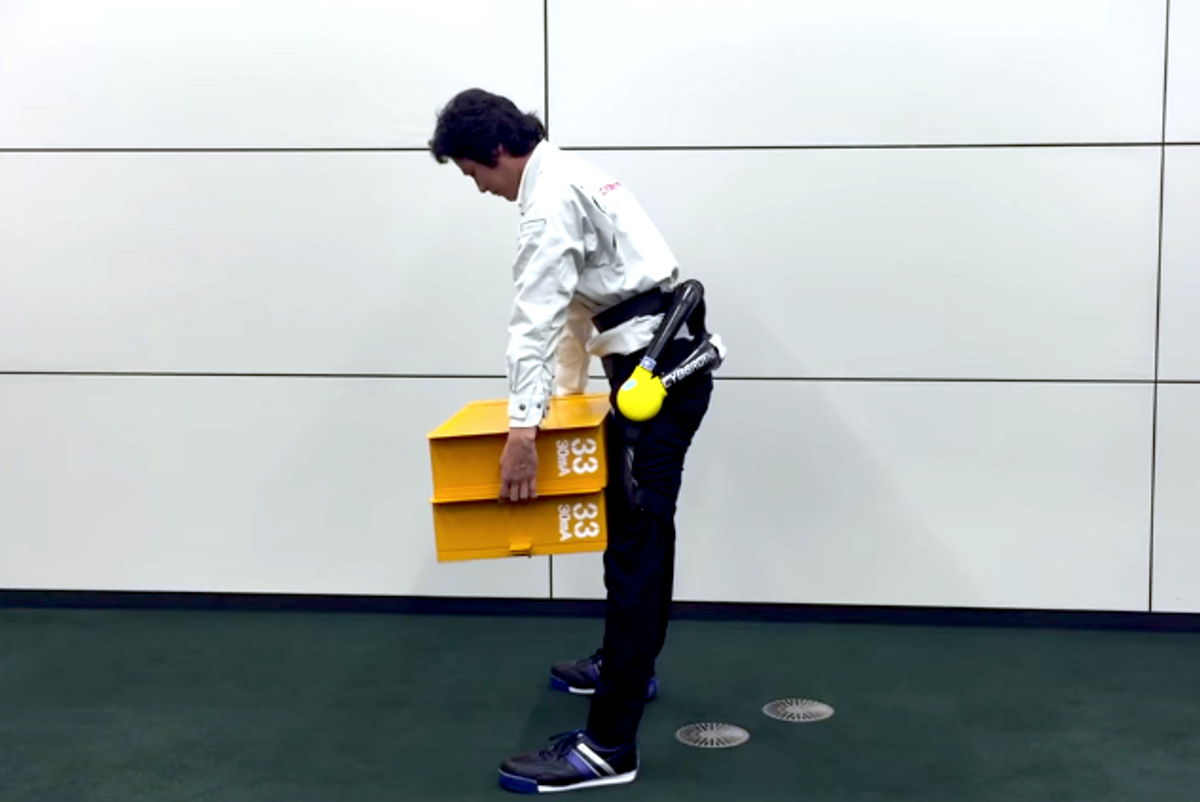Cyberdyne, a robotics spin-off of the University of Tsukuba, in Japan, first unveiled its HAL exoskeleton nearly a decade ago. Over the years, the company has improved its technology, expanded its product line, and carried out a steady commercialization program. It currently offers the HAL suit in Japan and Europe, and is planning to enter the U.S. market next year.
Last month, Cyberdyne submitted an application to the the U.S. Food and Drug Administration, seeking clearance to commercialize HAL in the United States. The company filed its submission as part of FDA’s de novo classification process, which allows certain medical devices whose safety and effectiveness have been demonstrated to be marketed without clinical trials. Cyberdyne hopes to obtain clearance by end of 2015.
The company has announced other milestones this year. In March, it went public in Japan—its stock is now listed in the Tokyo stock exchange. And in November, in partnership with Japan’s New Energy and Industrial Technology Development Organization (NEDO), Cyberdyne announced that its new HAL for Labor Support and HAL for Care Support, became the world’s first wearable robots to satisfy the international safety standards for personal care robots (ISO 13482). The certification was provided by the Japan Quality Assurance Organization.
The new robotic devices provide lower back support when lifting heavy loads, such as when a worker pickups up a heavy object or when a caregiver moves a patient from a wheelchair to a bed. HAL stands for Hybrid Assistive Limb.

Unlike Cyberdyne’s other HAL exoskeletons, which attach to the user’s arms and legs to boost their strength, the lumbar model wraps around the lower back and hips, and is strapped onto the thighs. When a myoelectric sensor inside the device detects spinal activity, the unit’s actuators (located on the hips) kick into action, helping to support the lower back to prevent back pain and injuries. The device, powered by lithium ion batteries, can work for up to three hours per charge.
A demonstration organized by Cyberdyne and NEDO last month showed the device whirring into action as a user picked up and moved two 20-kilogram weights.
With Japan and other nations facing a rapidly-aging population, it is expected that assistive robot devices will be in high demand for laborers and caregivers who regularly suffer from work-related back injuries. Cyberdyne said five of the HAL suits have been in use at an Obayashi Corp. construction site since September.
Yoshiyuki Sankai, Cyberdyne’s founder and CEO, said that the ISO certification will help bring the suit to other markets, especially in Europe (ISO 13482 meets the safety requirements of the European Machinery Directive, and will carry the CE mark). The company plans to expand to Germany by the end of the year, and then to other European nations.
And despite of his company’s name, Sankai insisted that its technology will be used only for peaceful purposes.
[ Cyberdyne ] via [ Monotech News (Japanese) ]



